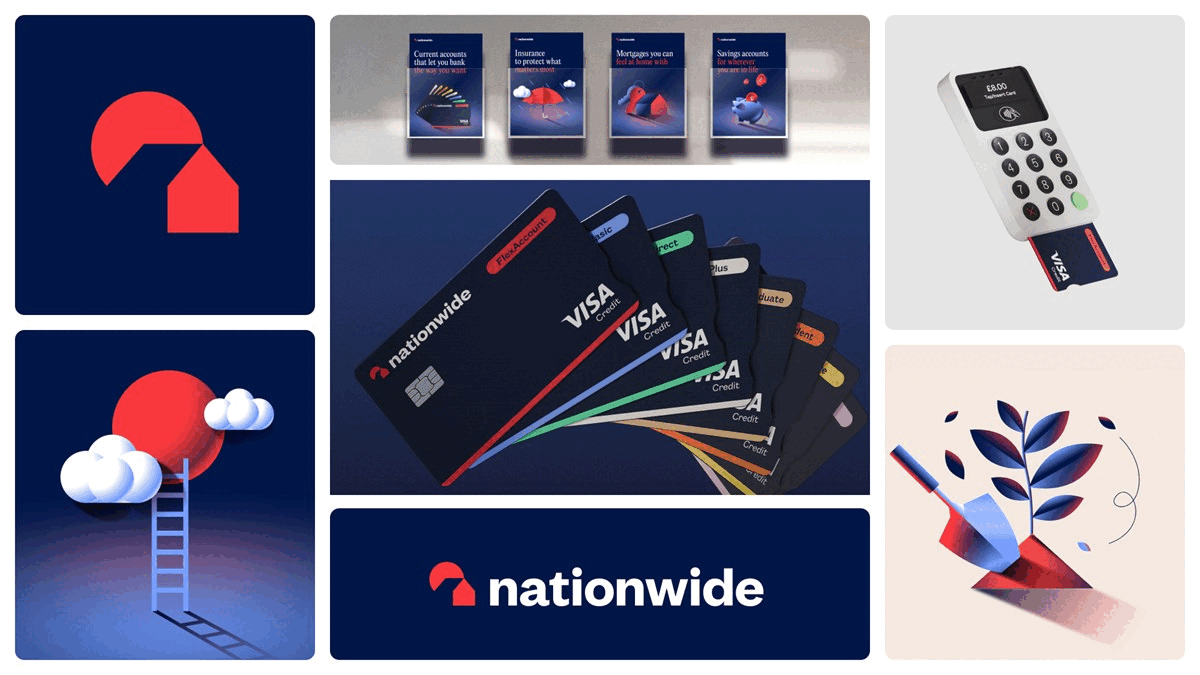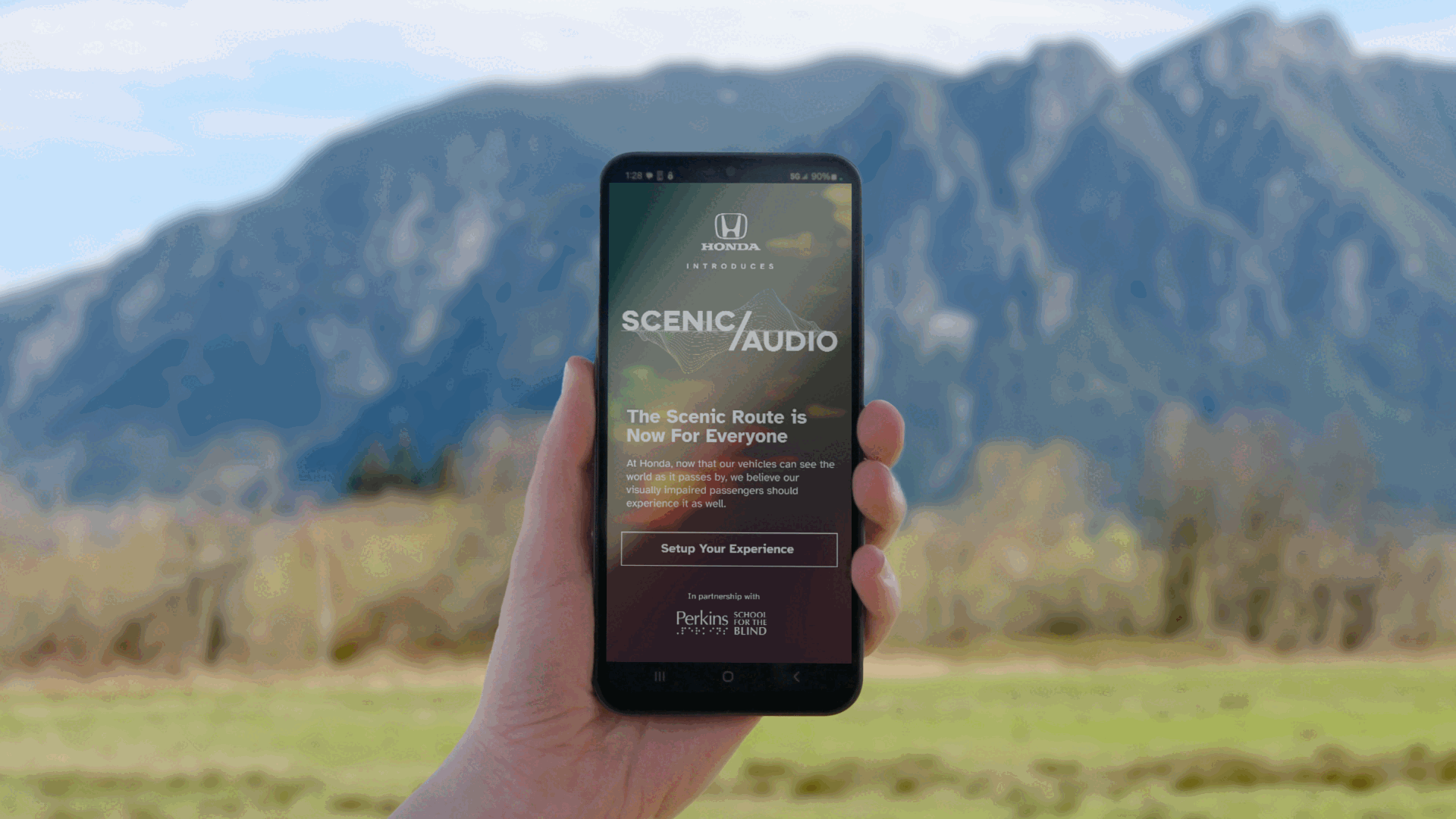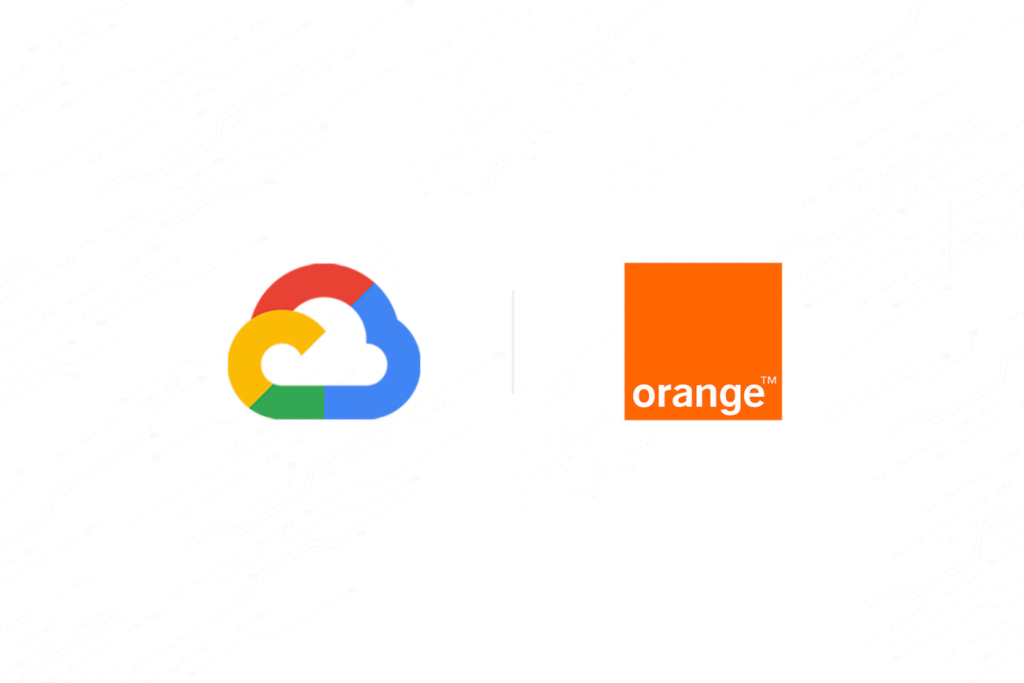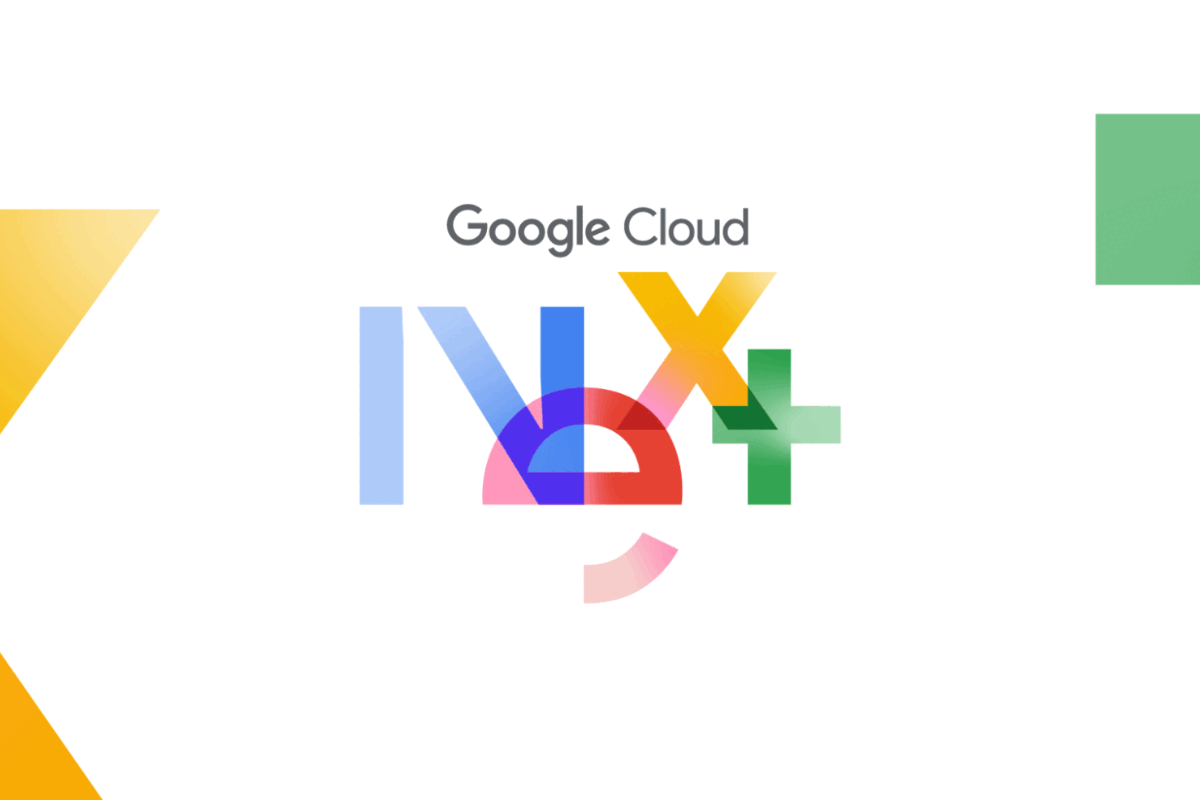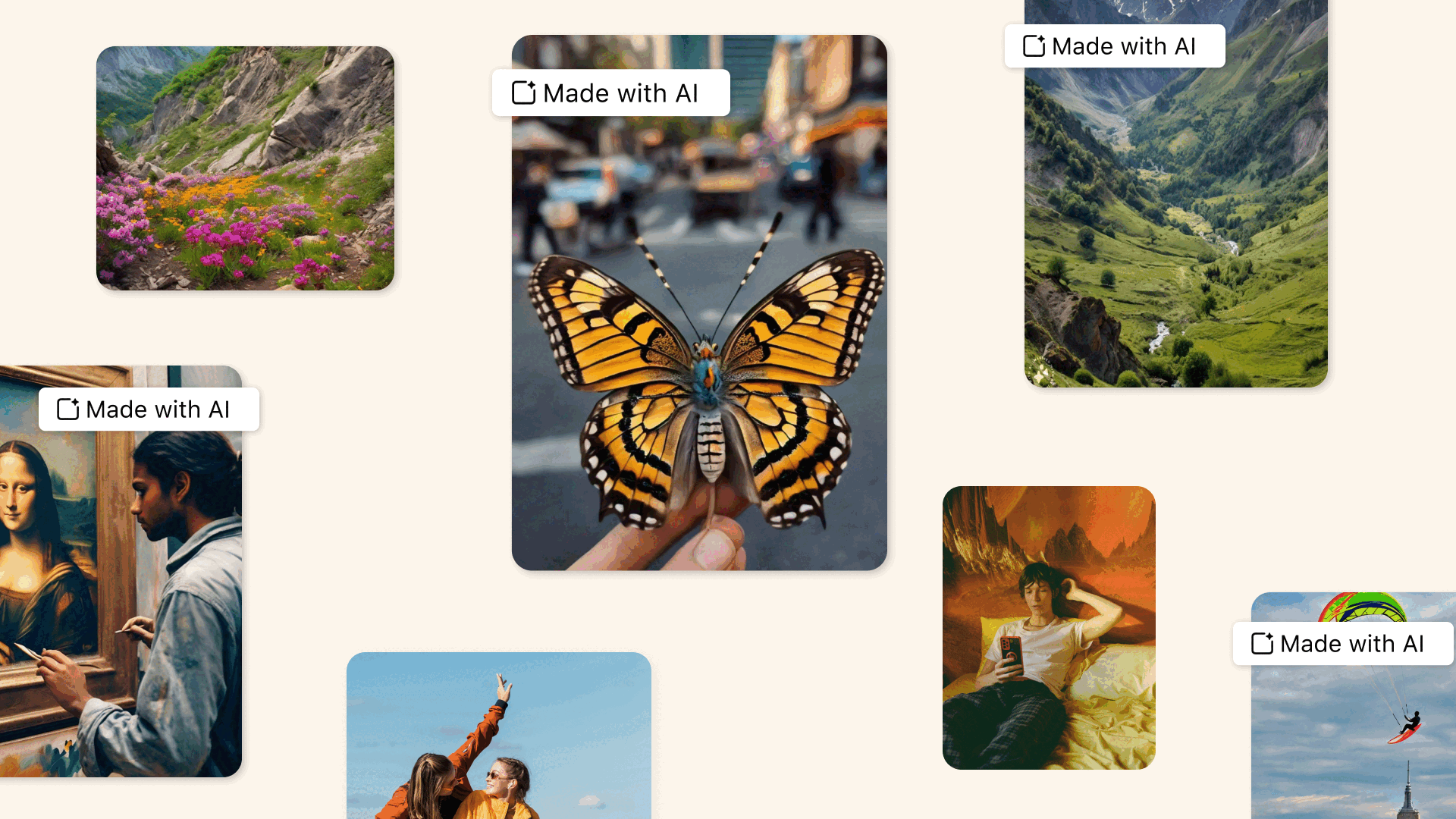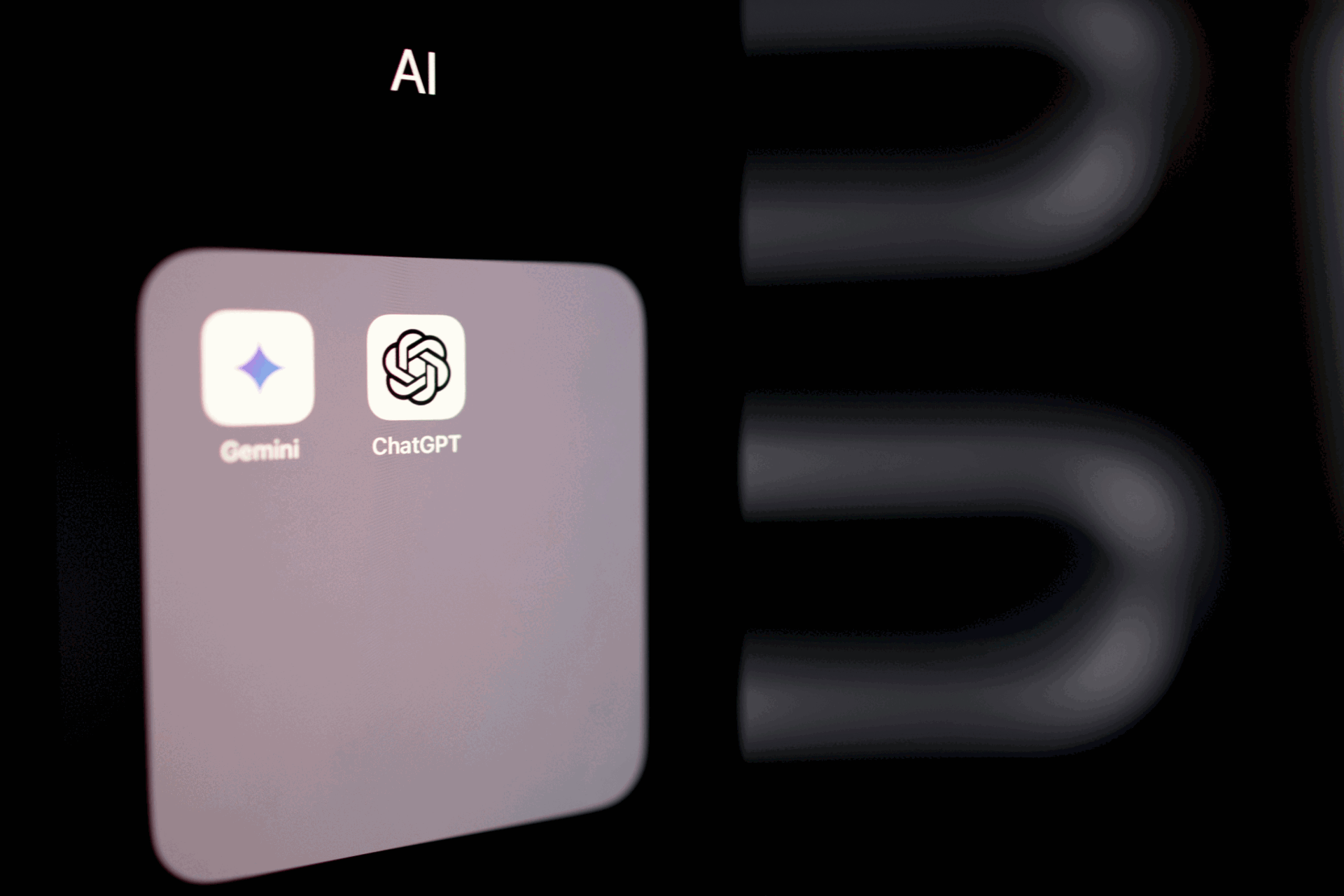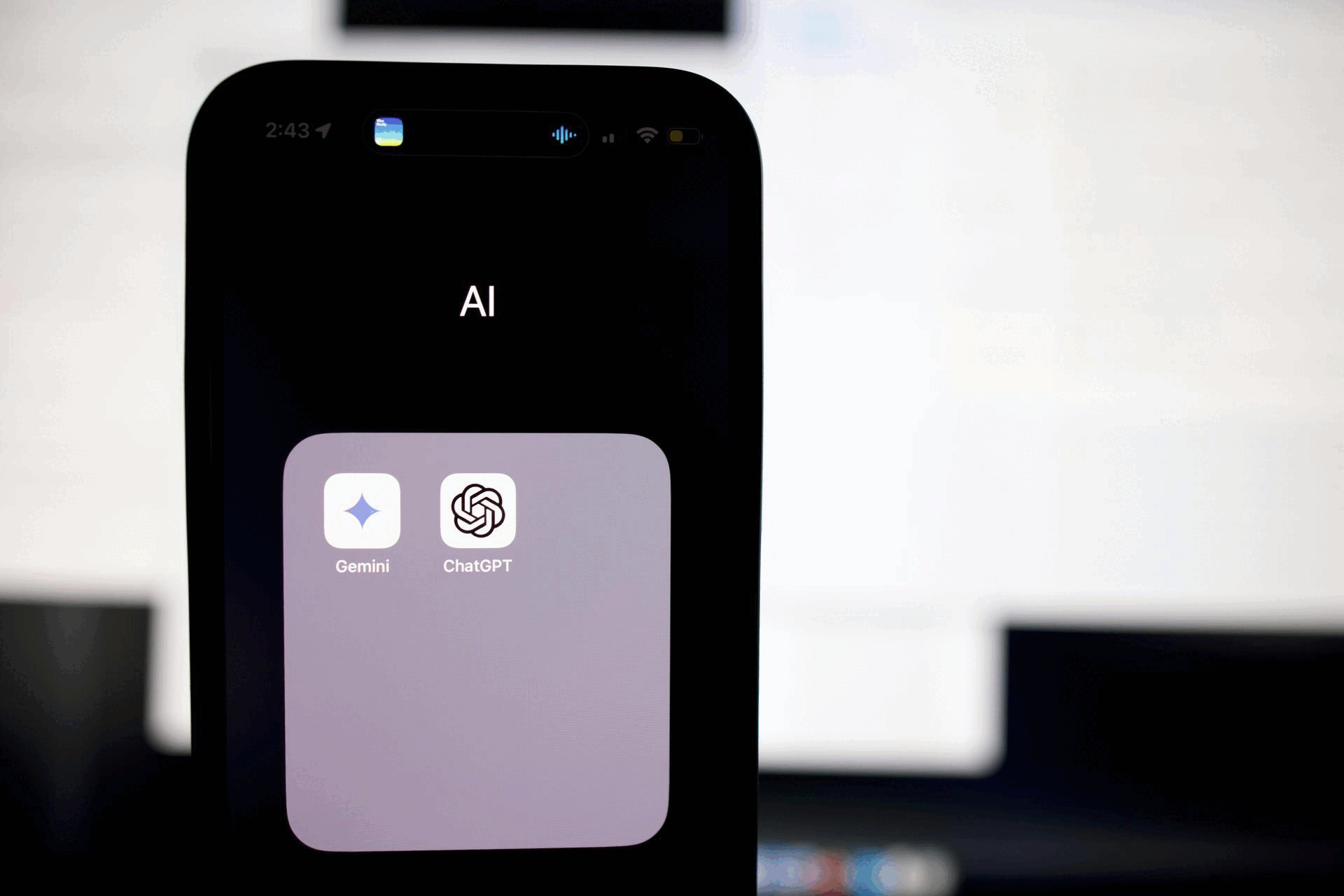If we go digital externally, we should do the same internally: Tryg talks chatbots
- Wednesday, August 21st, 2019
- Share this article:
Mobile Marketing speaks to Benjamin Alex, business efficiency and transformation lead at Tryg, to discuss how conversational AI can be used to improve internal communications and not just for interacting with customers
 Chatbots have become the go-to for many businesses to connect with their customers 24 hours a day, seven days a week, trusting artificial intelligence (AI) to address queries. However, chatbots can also be used to help provide knowledge to staff within businesses as well.
Chatbots have become the go-to for many businesses to connect with their customers 24 hours a day, seven days a week, trusting artificial intelligence (AI) to address queries. However, chatbots can also be used to help provide knowledge to staff within businesses as well.
One company making use of an internal chatbot – featuring all the machine learning qualities you’d expect from a customer-facing chatbot – is Tryg.
Tryg is a non-life insurance provider in Denmark, Norway, Sweden, and Finland. It is the largest non-life insurance provider in Denmark and the second provider of general insurance services in the Nordic regions.
“One of the points we looked at was if we were to have to go digital externally, we should also look at doing the same internally, so the mindset of being digital sets in from bottom up,” says Benjamin Alex, business efficiency and transformation lead at Tryg. “One of the biggest things that we wanted to test was the front office department, that we have because that’s where a lot of resources are involved. So, we wanted to see if we could do something there that would benefit us in bandwidth, cost saving, and digitalisation. That’s why we went ahead and tried the first chatbot.”
That chatbot is called ‘Rosa’. Rosa’s introduction has meant that 60per cent of Tryg’s internal chat queries now use conversational AI.
Rosa, which was created with Boost.ai, is called upon when by front office agents when they are not quite sure about the answer to a question asked by a customer. The AI chatbot provides an instant answer for the agent, meaning they can continue their conversation with the customer and not have to put them on hold. Previously, agents would have to ask the customer to wait a few minutes while they called the back-office team for an answer.
“Sometimes the back-office team were busy because they’re helping a lot of other people, meaning the customer was either promised a call back or we’d just lose the customer because they’re not happy. So, we decided to put a chatbot between those two communications,” says Alex.
“Rosa is trained to give those particular answers. So, they’ve got the answer, they’ve finished the call with the customer, and we increase our first call resolution.”
Of course, there are the few occasions where Rosa doesn’t know the answer to a question. When this occurs, the chatbot will tell the agent that she doesn’t know the answer and transfer the question to the back-office.
“That’s another advantage for the back-office as well because they can each be having three chat conversations at the same time compared to having one phone call with one agent. That itself brings a lot of benefit for us when it comes to helping other agents,” adds Alex.
Tryg’s initial plan was to use Rosa to reduce the calls from its sales team to its back-office by 50 per cent and has, in fact, decreased calls by almost 60 per cent.
For the time being, these call numbers cannot be expected to fall much further because some of the calls made to the back-office team are because the sales team does not have authorisation to carry out certain actions.
According to Alex, the company is working with Boost.ai to create a way that Tryg can use Rosa at the frontend and then use robotics to update policy in the backend.
“If a customer calls and wants to update X/Y/Z, the agent will just update that on Rosa and the robot will kick in to make changes in the backend,” he says. “We’re working on a pilot as we speak.”
Alongside that pilot, Tryg has another internal chatbot called ‘Herdis’. The aim of this bot is to help employees with any questions they may have relating to the business. Currently, Herdis is only available to help with human resources but, eventually, Tryg intends to extend her capabilities to answer legal, IT, and security questions.
The company also hasn’t shied away from delivering the customer-facing virtual agents that many businesses have decided to launch over the last few years.
Tryg’s external chatbot is called ‘Mia’. She is available on most of the company’s webpages in Norway and is able to help customers on both the claims side of the business and the private side. For now, she’s only available in Norway, but Tryg is in the process of launching externally in Denmark.
The chatbots are just a small part of Tryg’s plans to digitalise its customers. Other advancements it’s looking at include using AI to assess damages and claims that have been registered and using robots to power processing and create draft offers to customers.
“Claim processing, straight through processing – those are the things that we are looking at increasing in the coming years.
“We also want to look toward mobile-first because the generation now is going into mobile-first. We are looking at AI-first also as the next generation. So, getting prepared for the next generation world that’s coming into the market. Basically, improving our customer experience. The biggest driver for us over the coming years is increasing customer satisfaction,” concludes Alex.





